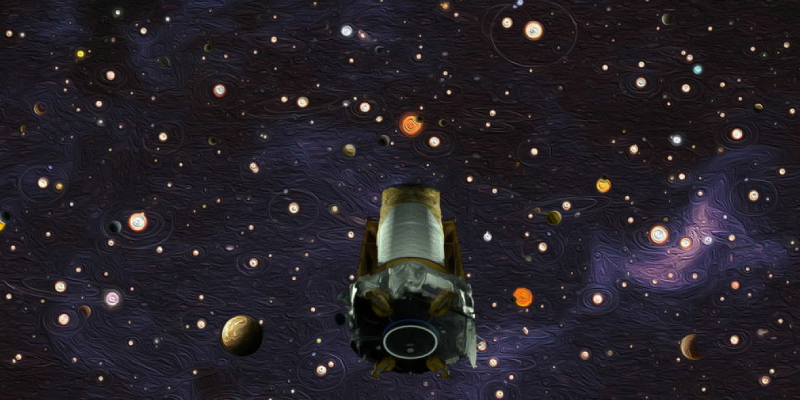 NASA shared the great news of discovering nearly 1200 planets in the galaxy. This was possible by using Kepler’s space telescope. NASA found this on their journey towards finding Earth-like planets. Nasa’s Chief Scientist Ellen Stofan said that it is possible to discover a planet similar to earth in the years to come.
NASA shared the great news of discovering nearly 1200 planets in the galaxy. This was possible by using Kepler’s space telescope. NASA found this on their journey towards finding Earth-like planets. Nasa’s Chief Scientist Ellen Stofan said that it is possible to discover a planet similar to earth in the years to come.
Kepler, the space telescope detected 4,302 possible planets of which Nasa decided on 1284 candidates who have a 90% chance of being a planet. Kepler confines its search to the habitable zone and does not move further. Mission scientist Natalie Batalha told reporters that the Kepler telescope had identified 36 new planets in the Goldilocks Zone. It also found that out of the 1200 planets discovered 550 are confirmed rocky planets like the Earth. There are totally 21 exoplanets of the same size of the earth. It also orbits as the same as the earth.
Kepler detects new candidates by noticing the tiny dimming of light when a planet passes in front of its star. But these signals can also be caused by any moving particles in the space which create false positives. Thus it is essential to be cautious to avoid false positives.
The data from Kepler along with the new statistical technique published in the Astrophysical Journal has helped the astronomers to confirm the planets. Three transits are used to confirm detection. NASA reports that their scientists are working for 15 years to confirm about 2000 transient planets.
Kepler was launched in the year 2009, and it has identified 5,000 candidates of which 2,325 candidates were verified as planets.
Future missions of NASA will add additional inputs to Nasa’s Data. NASA has scheduled to launch several new telescopes in the coming decade. TESS is a telescope which is yet to be launched. Scientists say that Tess can examine the stars closer than the Kepler.
Kepler has fuel to perform for more than two years said Charlie Sobeck, Kepler’s mission manager.
